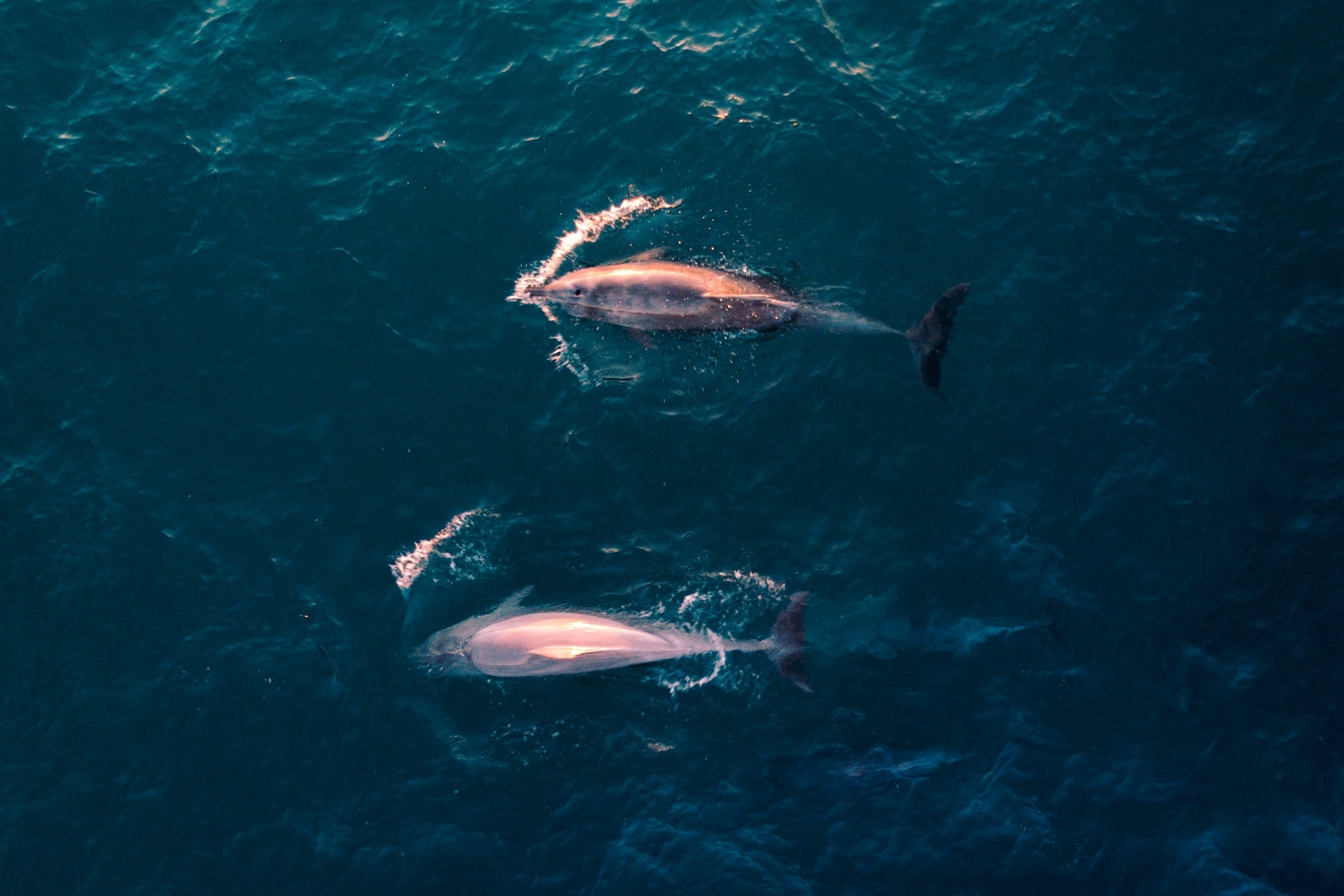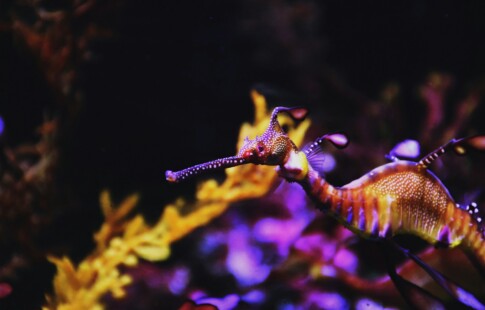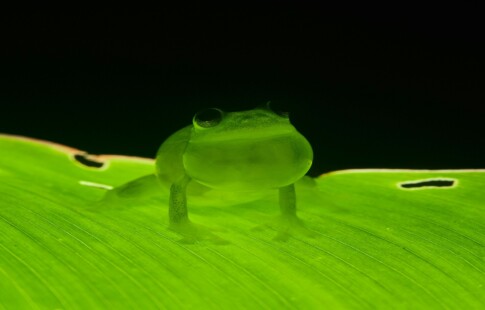
A Deep-Dive Into the Magical World of Pink Dolphins
We are reader-supported. When you buy through links on our site, we may earn affiliate commission.
Having adapted to their unique river habitats, pink dolphins will take your breath away when you see them. Although quite different from ocean dolphins, pink dolphins are as smiley and intelligent as their marine counterparts — their coloration is also a sight to behold.
There are many misconceptions about pink dolphins, while many aspects of their life and population remain a mystery. Here’s what scientists already know about these eye-catching creatures and the threats facing their numbers.
The Life of Pink Dolphins
Pink dolphins are as mysterious as they are majestic, with researchers continuously studying and understanding new findings about the species. While many stones remain unturned, there are several aspects of the pink dolphins’ lives they’ve already uncovered.
Habitat
Pink dolphins are actually Amazon river dolphins— also known as boto. This means they are freshwater mammals. Venture down the Amazon and Orinoco rivers throughout Brazil, Colombia, Bolivia, Ecuador, Peru, Venezuela and Ecuador to see these beautiful creatures in their natural habitat.
They also appear in waterways in Asia, such as in Hong Kong’s estuaries.
Appearance
On average, the pink dolphin weighs nearly 450 pounds and measures between 7.5 and 9.2 feet long. Male river dolphins tend to be much larger — and often pinker — than females. Meanwhile, pink dolphin calves are about 2.6 feet long.
Pink dolphins have medium-sized, sturdy bodies and pronounced foreheads compared to other marine and freshwater mammals. Their beaks are much longer than oceanic dolphins, with distinctive hairs that help them sense prey in the clouded river.
They also lack a dorsal fin — unlike oceanic dolphins — which resembles more of a hump. The boto moves rather slowly, using their flippers and tail flukes with great force to meander through rivers and muddy water.
Often, pink dolphins prefer to swim alone or in small groups, whereas oceanic dolphins are typically found swimming in larger groups.
Diet
You won’t find a picky eater among pink dolphins — they’ll munch on just about anything small. Surprisingly, Amazon river dolphins have teeth similar to human molars, using them to chew their food before swallowing.
Their most common meals include shrimp, crabs, small fish, turtles and even piranhas, with their long snout helping them pull up food from the river floor.
Occasionally, they use herding techniques for pods of fish, much like the oceanic dolphin. It requires working alongside other pink dolphins to feed.
Are Pink Dolphins Really Pink?
When it comes to appearances, the apparent difference between sea dolphins and river dolphins is their pink flesh. Nobody know why they are pink, but scientists theorize it could be genetics, their environment and their diet.
For instance, fish and crustaceans — a significant component of their diet — are high in carotenoids. When eaten in large quantities, these foods may cause pinkish-orange pigments, as you’d see in flamingoes and some reptiles.
Interestingly enough, river dolphins are born with gray coloration and turn pink as they get older. Other experts suggest skin thickness, hormones and stress could also cause their pink hue.
Pink Dolphin Folklore
The pink dolphin is important in Amazonian folklore. People believe they have magical abilities and live in enchanted underwater realms.
Villagers along the Amazon River call pink dolphins “encantados” — referring to them as shapeshifters that transform from the boto during the day and seductive men at night.
Part of them still look like the river dolphin, though. As the story goes, they disguise themselves wearing white hats to hide their blowholes. They then return to the water by morning.
How Many Pink Dolphins Are There?
The International Union for Conservation of Nature lists the pink dolphin as “data deficient,” meaning there’s little updated information available regarding their numbers and threats. The listing — a downgrade from “vulnerable” in 2008 — has made it increasingly difficult for conservationists to fund and plan initiatives to save pink dolphins.
Despite this, a 2018 study found the Amazon river dolphin population decreased by nearly 50% every 10 years. The same occurred every nine years for pink dolphins in Asia. In fact, they fell by 70–80% over 15 years due to heavy industry among Hong Kong’s estuaries.
Current Threats and Conservation Efforts
The Amazon rainforest has suffered several blows over the years, from unsustainable agriculture to biodiversity loss to mining pollution. Under former Brazilian President Jair Bolsonaro, the Brazilian Environmental Agency endured a 24% budget cut, leading to a 20% decrease in law enforcement for rainforest conservation.
The effects have tricked down into increasing river hazards, with negative implications for pink dolphins. Some of the most significant threats facing these majestic creatures include the following:
- By-catch: Pink dolphins get caught in fishing nets and gear — typically used to capture the Piracatinga catfish — causing suffocation.
- Gold mining: This activity leads to mercury contamination in the Amazon River.
- Agriculture: Unsustainable agriculture leads to pesticide and fertilizer runoff in the river.
- Tourism: Eco-tourism disturbs river dolphin habitats and increases boat traffic, posing risks of vessel collisions.
- Infrastructure: Dam and navigation channel construction increases contaminated sedimentation and pollution.
Some pink dolphins get killed deliberately because they are viewed as fishery rivals. Many destroy fishing nets in the process of getting food. Scientists have found at least one dead boto at Tefé Lake in Brazil and other reports from Colombia. They determined the death derived from an intentional attack by a human.
Other threats — dam construction and mining — also impact water quality and food supply. For instance, mercury from mining builds up in fish — a primary food source for dolphins and people along the river.
Dams also obstruct water quality and quantity and cause disruptions at fish spawning habitats and feeding grounds.
Conservations work tirelessly to broaden protected areas along their river habitats, reduce runoff pollution and avoid entanglement. They also research and track river dolphins to understand their lifestyles and behaviors better, promote sustainable agriculture and tourism, and dissuade hunting of the species. Of course, these efforts must be community-oriented, with Amazonian Indigenous people serving as stewards of these beautiful animals.
A Beautiful River Species Worth Saving
There are few animals on Earth as magnificent as pink dolphins. Our little knowledge about these creatures makes them all the more worth saving. Better laws and funding for river protection and human activity are fundamental to conserving them.
Share on
Like what you read? Join other Environment.co readers!
Get the latest updates on our planet by subscribing to the Environment.co newsletter!
About the author

Jane Marsh
Starting from an early age, Jane Marsh loved all animals and became a budding environmentalist. Now, Jane works as the Editor-in-Chief of Environment.co where she covers topics related to climate policy, renewable energy, the food industry, and more.





